Include railway infrastructure connection requirements in the Law
The Ministry of Transport said that the current 2017 Railway Law does not require binding on railway connections with major urban centers, seaports, airports, and major cargo hubs.
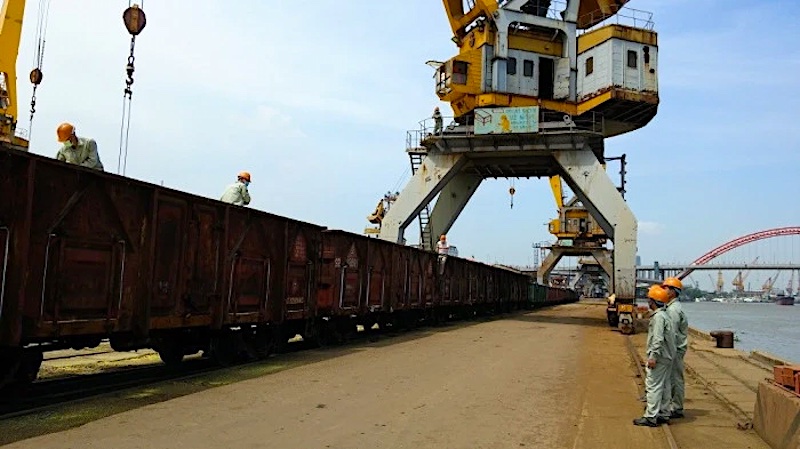
The draft Law on Railways (amended) supplements specific regulations on railways connecting airports, seaports, inland waterway ports, and dry ports to optimize transport exploitation (Photo: Railways in Hai Phong port).
This leads to the fact that when building seaports, investors do not invest in building railways connecting to the port.
The law also does not have binding requirements for connecting railways with public passenger transport modes in urban centers to collect and release passengers.
In the draft Law on Railways (amended), the Ministry of Transport has added the provision "Railway infrastructure must ensure connection with other types of transport", as a basis for studying route options, station locations, and transit connections to solve transportation problems, contributing to socio-economic development.
Specifically, railway stations as freight hubs must be invested in synchronously with the road system into the station and connected to the road, maritime and inland waterway transport systems.
Stations with large passenger volumes in urban centers must connect with other types of public transport to transfer passengers, reducing the load on the urban transport system.
"In some countries with developed railway systems such as Japan, China, France, etc., railway transport contributes greatly to public transport. To achieve this goal, railway infrastructure must be connected to other types of transport," the Ministry of Transport gave an example.
International airports with a capacity of 30 million passengers/year must have railway connections.
The draft Law also adds regulations on connections between railway lines as well as railway connections with airports, seaports, dry ports, inland waterway ports, cargo hubs, etc.
Accordingly, international airports with a capacity of 30 million passengers/year or more, seaports of type I or higher, dry ports, inland waterway ports with a capacity of 50,000 TEU/year or more in provinces/cities with national railways and local railways passing through must be connected to railways to meet the needs of transportation, socio-economic development, national defense, security, and environmental protection."
When establishing, adjusting planning, and investing in the construction of airports, seaports, dry ports, and inland waterway ports, land must be reserved for the construction of connecting railway works.
The Ministry of Transport said: The European Seaports Organization (ESPO) and the European Commission, the Federation of Inland Ports (EFIP) in research reports have shown that the efficiency of European ports depends on the ability to optimize water, road and rail traffic connections across the entire transport network.
The research results also show that most ports have plans to improve the proportion of freight transport by rail; multimodal transport companies when choosing a seaport are interested in whether the port has a rail connection to the inland.
It is known that the European Ports Association and the European Union have allocated a budget for investing in railway infrastructure, accounting for 72% compared to other connection methods.
Regarding the connection between railways and dry ports, the Plan for the development of the dry port system for the 2021-2030 period, with a vision to 2050, has oriented: "Prioritize the formation and development of: Dry ports associated with large-volume transport modes (inland waterways, railways); dry ports associated with economic zones, industrial parks, export processing zones, logistics centers and international road and railway border gates with large-volume transport needs."
According to the Railway Network Planning for the 2021-2030 period, with a vision to 2050, the dry port system will have railway connections with seaports and border gates, including the following railway lines: Hanoi - Lang Son; Hai Phong - Hanoi - Lao Cai; North - South Railway: Cai Mep Regional Railway Terminus, Ca Na Station; Ho Chi Minh City - Loc Ninh.
"The regulation on connecting railways with the dry port system aims to optimize the transport of import and export goods of each region and economic corridors; connect dry ports with seaports; contribute to perfecting the transport network, promoting multimodal transport, reducing costs of transport and logistics services," the Ministry of Transport emphasized.
Source: https://www.baogiaothong.vn/sua-luat-duong-sat-uu-tien-ket-noi-cac-loai-hinh-van-tai-192240903155600125.htm



![[Photo] General Secretary To Lam receives First Deputy Secretary General of the African National Congress (ANC) of South Africa](https://vphoto.vietnam.vn/thumb/1200x675/vietnam/resource/IMAGE/2025/5/20/bb2999907e1245d5b4c7310a890d8201)



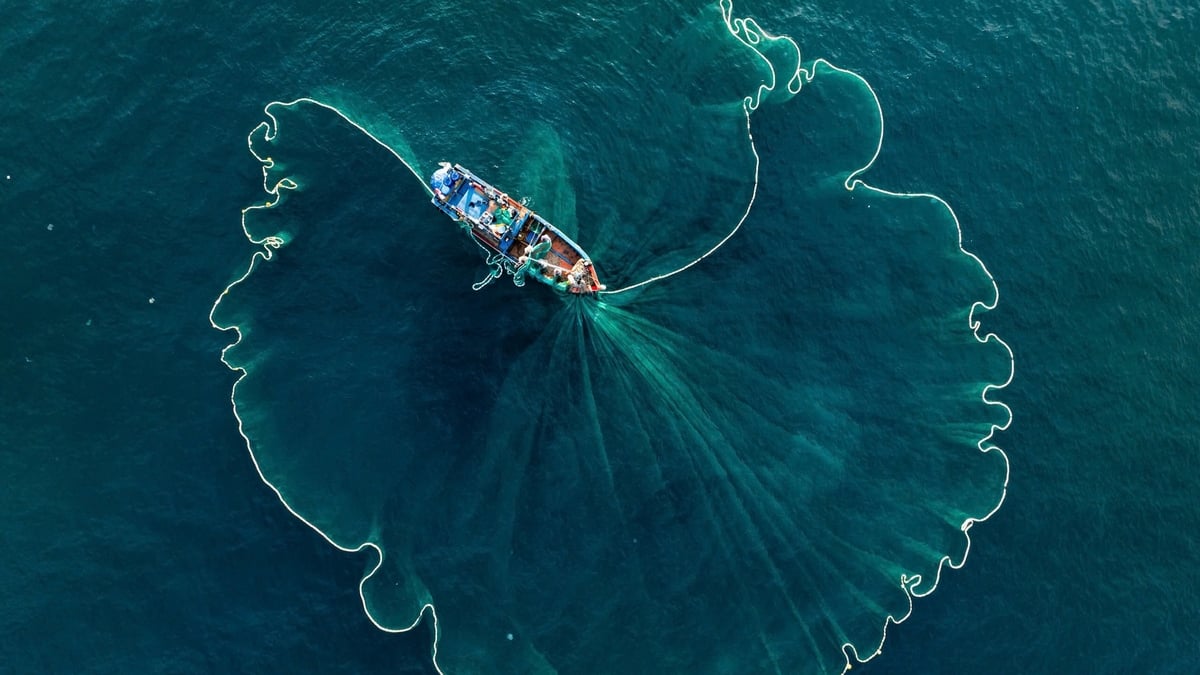
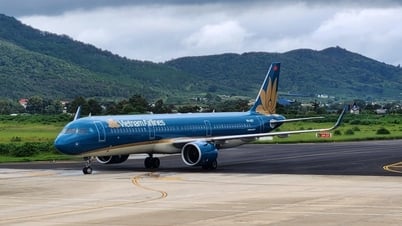

















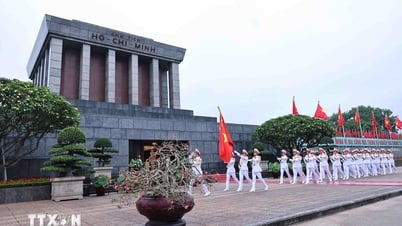






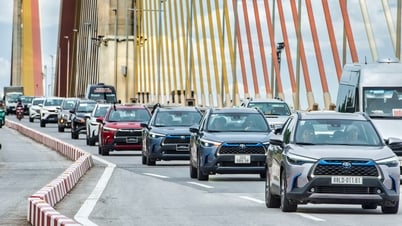




![[Photo] Award ceremony for works on studying and following President Ho Chi Minh](https://vphoto.vietnam.vn/thumb/1200x675/vietnam/resource/IMAGE/2025/5/20/a08ce9374fa544c292cca22d4424e6c0)
![[Photo] Vietnamese shipbuilding with the aspiration to reach out to the ocean](https://vphoto.vietnam.vn/thumb/1200x675/vietnam/resource/IMAGE/2025/5/20/24ecf0ba837b4c2a8b73853b45e40aa7)


























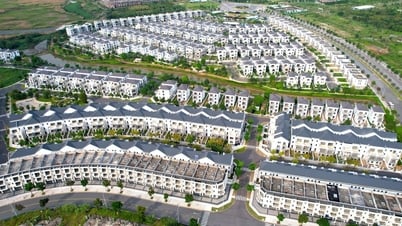


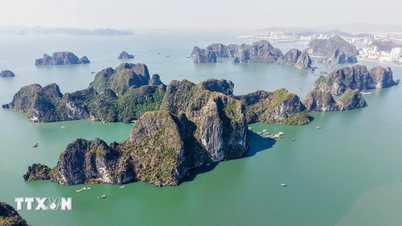













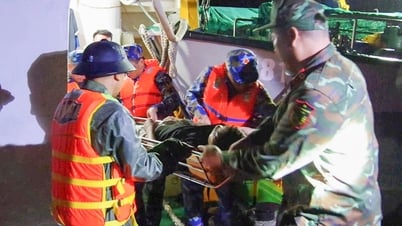


















![[VIDEO] - Enhancing the value of Quang Nam OCOP products through trade connections](https://vphoto.vietnam.vn/thumb/402x226/vietnam/resource/IMAGE/2025/5/17/5be5b5fff1f14914986fad159097a677)
Comment (0)